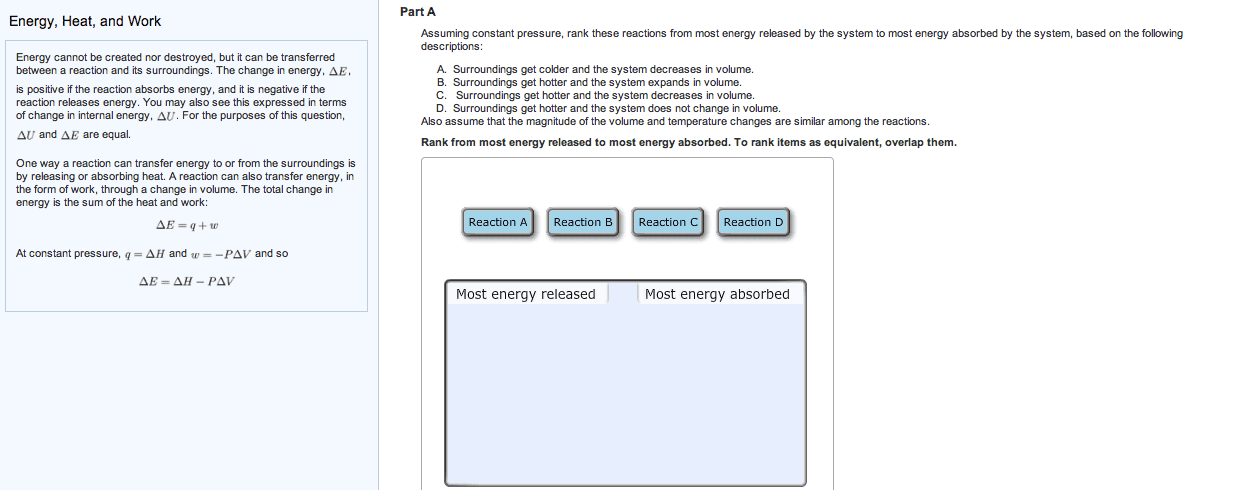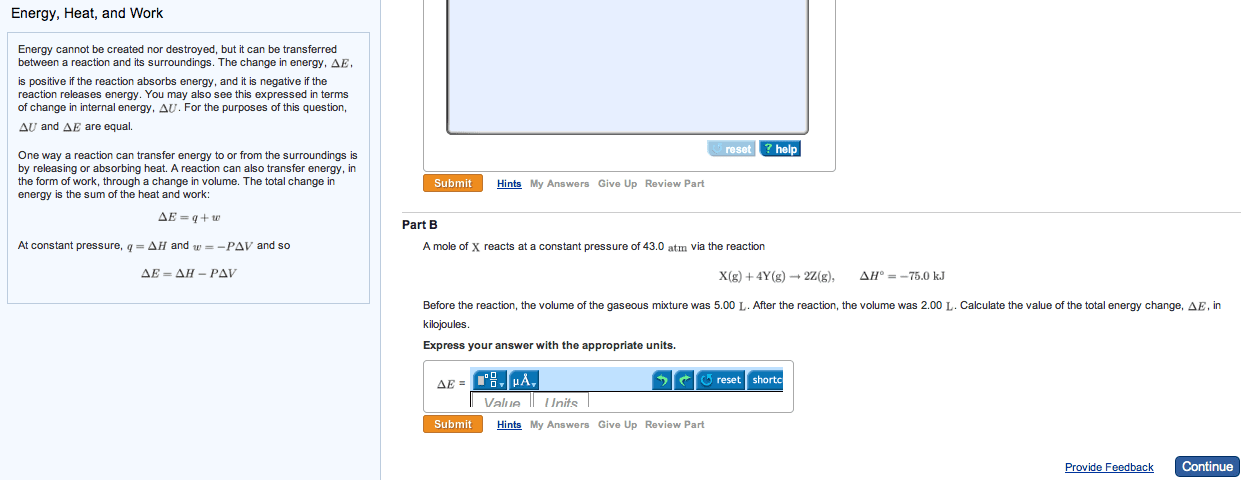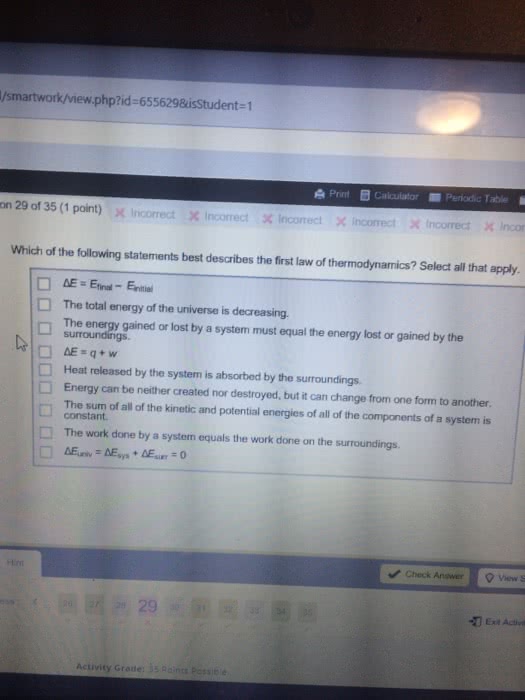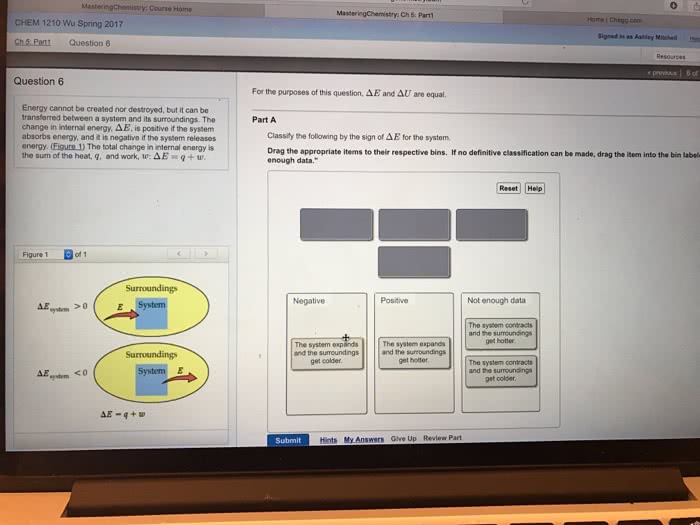CHM362H5 Lecture Notes - Lecture 3: Enthalpy, Isolated System, Thermodynamics
Document Summary
Thermodynamics of biological systems: provides a macroscopic description of heat and energy flow in systems, allows determination of whether a chemical reaction is possible (i. e. spontaneous, need to consider the system and surroundings, 3 types of systems. The first law of thermodynamics: law of the conservation of energy, energy can be created or destroyed, but cam change from one form to another. Movement through some distance by application of a force = force x distance: u is a state function. Enthalpy: more useful function for biological systems, h = enthalpy; u = internal energy; p = pressure; v = volume. H = u + pv: enthalpy is a state function. H = u + pv + p v: at constant pressure (case for biochemical reactions), pv = 0, recall that mechanical work is +w = -p v. Internal energy and enthalpy in biological systems: biological processes often occur in solids and liquids, rather than gases; v ~0.





